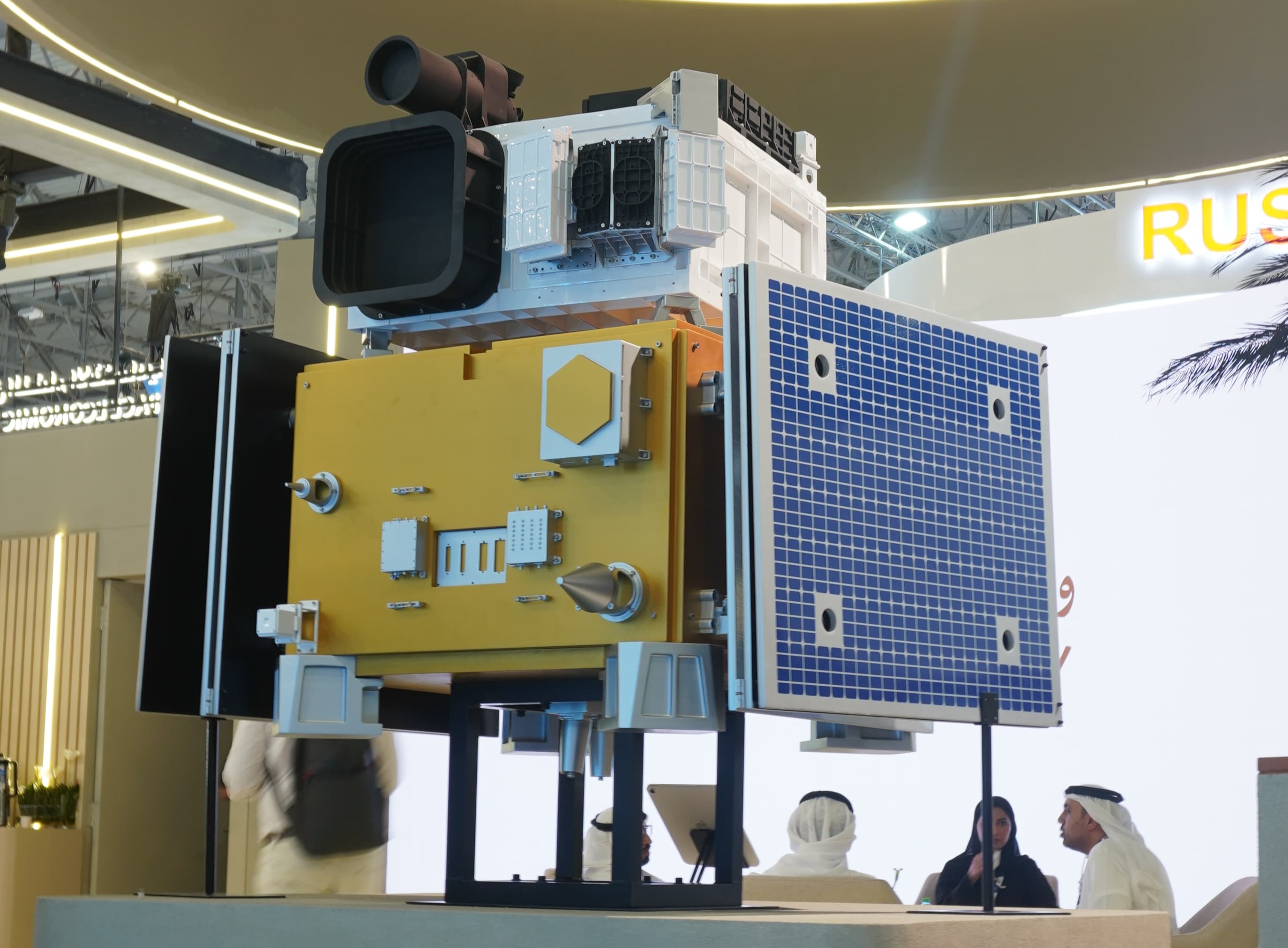3D Printing 101: Everything You Need to Know
In recent years, 3D printing has emerged as an innovative technology with the potential to revolutionize various industries. From manufacturing and healthcare to fashion and architecture, the applications of 3D printing are vast and diverse. If you're curious about this cutting-edge technology, this blog post will provide you with everything you need to know about 3D printing.
What is 3D Printing?
Definition: 3D printing, also known as additive manufacturing, is a process of creating three-dimensional objects by layering materials based on a digital design.
How it Works:
A 3D model is created using computer-aided design (CAD) software.
The 3D printer reads the design and deposits material layer by layer to form the object.
Various materials such as plastics, metals, ceramics, and even bio-inks can be used in 3D printing.
Applications of 3D Printing
3D printing technology is being used in a wide range of industries for various purposes, including:
Manufacturing: Rapid prototyping, custom tooling, and on-demand production.
Healthcare: Patient-specific implants, prosthetics, surgical models, and medical devices.
Fashion: Customized jewelry, footwear, and accessories.
Architecture: Scale models, building components, and intricate designs.
Education: Learning aids, visual aids, and STEM projects.
Benefits of 3D Printing
The adoption of 3D printing offers several benefits, such as:
Customization: Tailored products to individual needs and preferences.
Cost-Effective: Reduced material waste and production costs.
Complexity: Ability to create intricate and geometrically complex designs.
Speed: Rapid prototyping and on-demand production.
Sustainability: Eco-friendly by using recyclable materials and minimizing waste.
Challenges and Limitations
While 3D printing has many advantages, there are also some challenges and limitations to consider:
Material Limitations: Not all materials are suitable for 3D printing.
Quality Control: Ensuring consistent quality and structural integrity.
Post-Processing: Some objects may require additional finishing or assembly.
Intellectual Property: Issues surrounding copyright and design infringement.
Future Trends in 3D Printing
The future of 3D printing is poised for exciting developments, including:
Bio-printing: Creating living tissues and organs for medical purposes.
Sustainable Materials: Using biodegradable and recycled materials.
Large-Scale Printing: Construction of buildings and infrastructure.
Metal Printing: Advancements in metal 3D printing for industrial applications.



